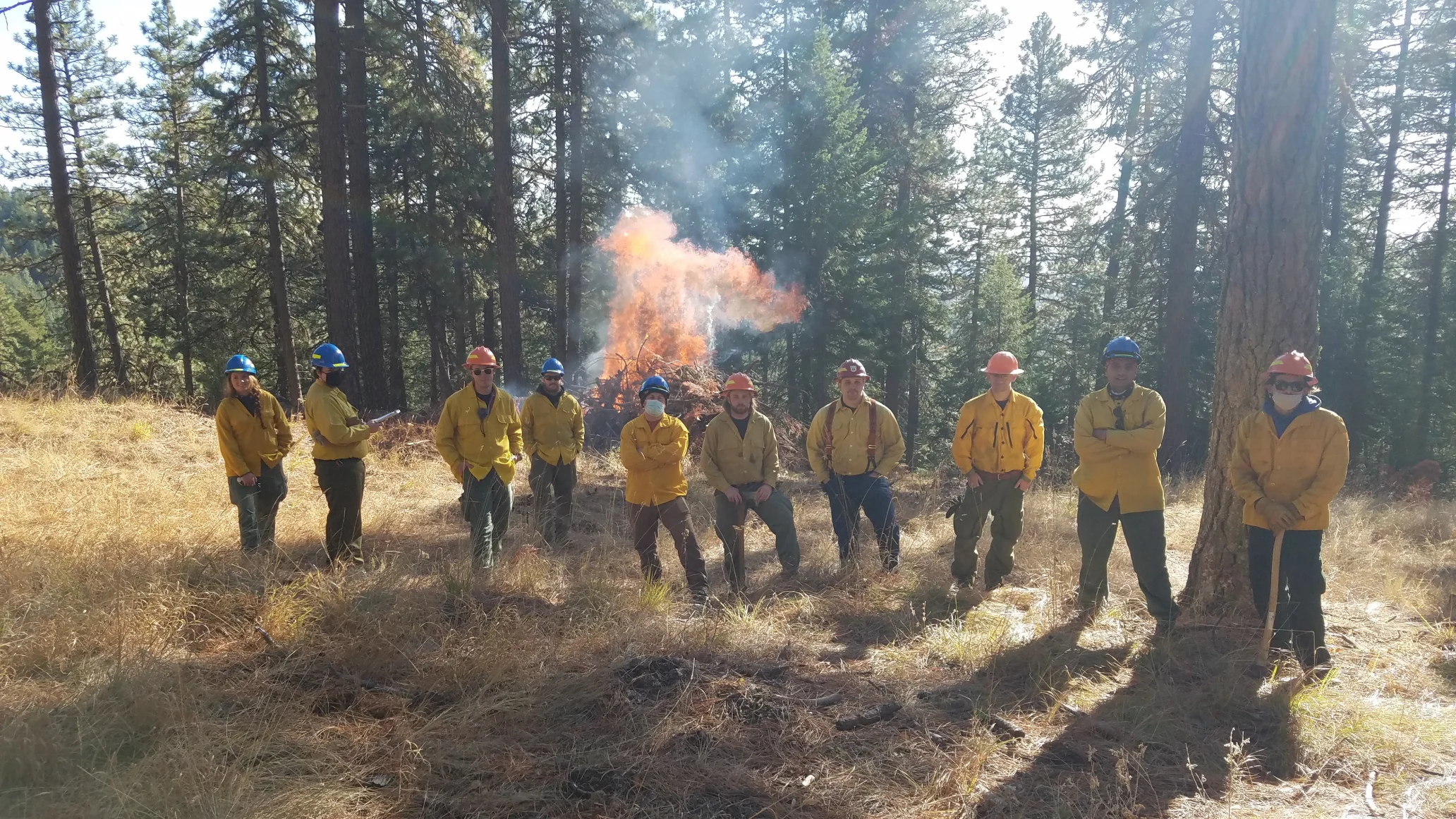Dampening the flames of climate change
On Oct. 14, when the first autumn snow dusted the streets and mountains around Moscow, Idaho, Lovina Englund did more than enjoy the frosty ambience. After months of perilous heat, lingering smoke and anxious days when every kiln-dry tree felt prone to catastrophe, she breathed a deep sigh of relief. The fire season was finally over.

“Out here, everything is so exacerbated by climate change,” says Englund, executive director of the Palouse Land Trust. “Between the fuel buildup [in forests] and the drought, we’re constantly barraged by more severe fires that require more resources. We usually have seven to 10 days of extreme weather conditions, but this year it went on for weeks and weeks.”
Into this breach steps PLT and other land trusts like it in the Mountain West. PLT covers a 12 million-acre service area in north-central Idaho and southeast Washington. The diverse topography includes federal wilderness, the loess soil wheatlands of the Palouse prairie and canyons along the Snake River. Now, faced with the dire exigency of an extended fire season, PLT’s public engagement to share its powerful tools of knowledge and prevention to stop fires from starting in the first place takes on new urgency.
In August, PLT’s prevention measures — part science, part neighborly cohesion — were severely tested. It started with a faulty battery charger that set a barn on fire near the Stage Easement, an 81-acre PLT preserve. When a local farmer saw smoke, he jumped on his tractor and began to disc a firebreak to contain the flames. Meanwhile, landowners directed firefighting helicopters to fill their “Bambi buckets” with water from irrigation ponds. The fire destroyed the barn and a home that belonged to a PLT board member. Yet without a fuel reduction project carried out earlier by University of Idaho students and faculty, the fire could’ve been disastrous. They had thinned overstocked trees, removed dead trunks and cleared low-level “ladder fuels” that can carry flames into the overhead canopy.
Despite a 35-mph wind, the wildfire singed trees but did little heavy damage. PLT staff consider it a “miracle” that the fire switched course and didn’t spread to their beloved Idler’s Rest preserve nearby.
Still, PLT isn’t counting on fate to protect the people and wild places of the Palouse. “Now, the reality of being a Westerner involves living differently during the fire season,” Englund says. “We can’t always rely on firefighters to be heroes and save us. But a land trust can leverage its prevention resources in ways that have a meaningful impact.”
This article was originally posted on the Land Trust Alliance website in December 2021.